Creep Testers
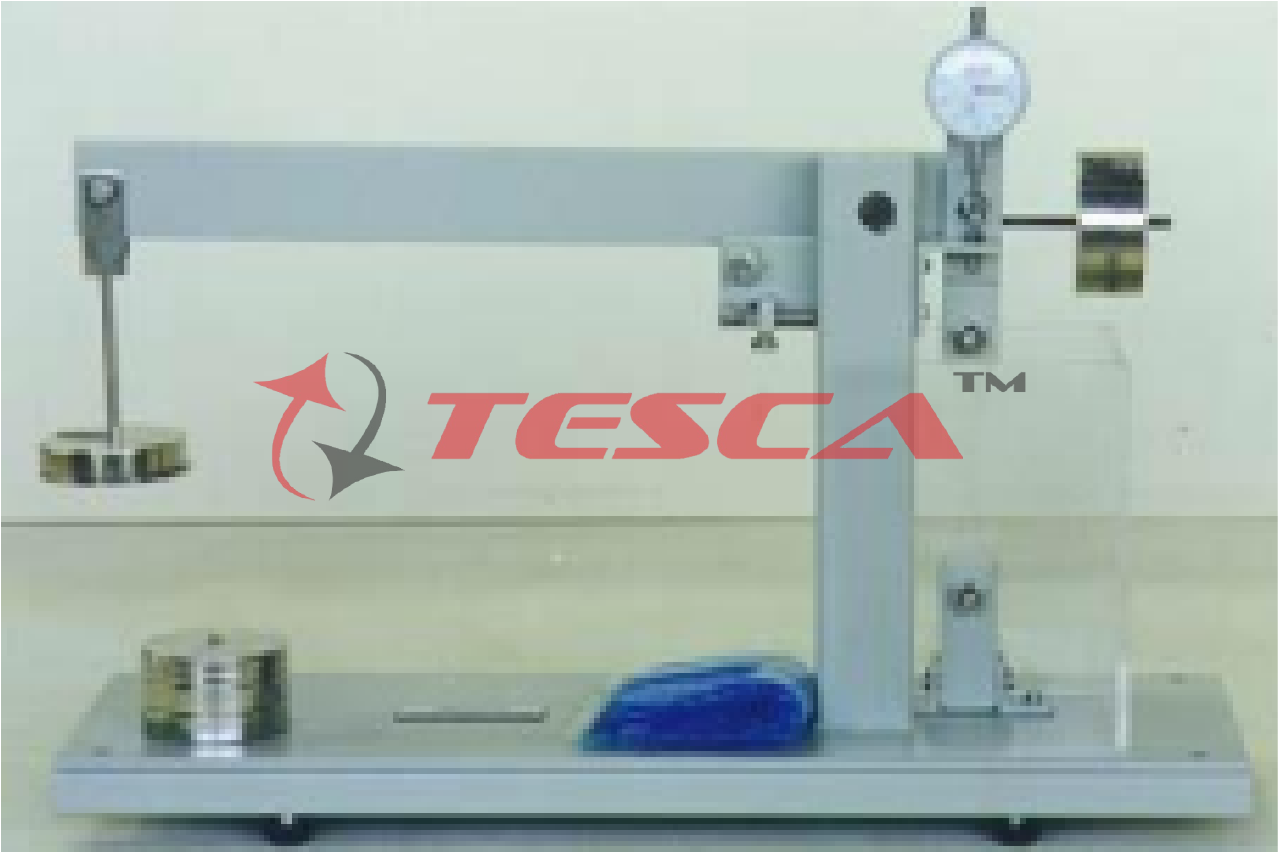
Order Code: 32193
Category: Strength of Materials Lab
Features Ideal for student use and classroom demonstrations Demonstrates the three phases of creep Demonstrates effect of temperature on creep Compact and easily stored Supplied with weights and test specimens Inexpensive specimens readily avai...
SPECIFICATION
Features
Ideal for student use and classroom demonstrations
Demonstrates the three phases of creep
Demonstrates effect of temperature on creep
Compact and easily stored
Supplied with weights and test specimens
Inexpensive specimens readily available in lead and plastics
Completely self-contained – needs no other parts
Tesca Creep Testing Machine is designed to carry out practices on specimens of plastic materials. Due to the dependence on the temperature in this type of tests, there is a temperature conditioning box where the experiments are carried out. It is made of acrylic, which allows to observe the practices development. The conditioning box is divided in two sections: the first has the placement for an isotherm bag that allows heat or cold the inside of the box, and the second one is for the placement of the specimens. Inside it, there is also an alcohol thermometer to measure the working temperature.
To carry out a creep experiment a constant load of tension must be applied to the specimen. The unit has a load arm over which a hook for weights is hung on an end. This load arm multiplies the load applied to the specimen. The student will be able to apply loads by adding the weights supplied. The reaction will be the force applied to the specimen.
The unit has a dial indicator to measure the specimen elongation in a continuous way. The dial indicator measures the arm fall to the horizontal and the specimen elongation is obtained by a simple trigonometric relation.
Specifications
Bench-top unit.
Anodized aluminum structure and panel in painted steel (epoxy paint).
Main metallic elements in stainless steel.
Diagram in the front panel with similar distribution to the elements in the real unit.
Temperature conditioning box made of acrylic. Here, the adequate temperature conditions to carry out the experiment are created.
Inside it, the specimen which will be experimented is located. To reach the temperature, an isotherm bag will be used. To know the experiment conditions, there is a thermometer at the upper part of the box.
Load arm. It is a stainless steel beam on which the loads are applied to the specimen. It pivots on a shaft inserted in the support column. Tensile stress range: 0-35 N/mm .
Support screw for supporting the load arm before starting the experiment.
Clamps. They are into the space to fasten the specimens.
Allen key, of 3 mm, to adjust the dial indicator.
A dial indicator of 10 mm of measurement. It measures the elongation of the specimen which is under the load and temperature concrete conditions.
The specimens are flat type, made in different plastic materials. They have a section of 5 mm x 2 mm to make easier the experiments.
They are made of PVC and Polypropylene.
Set of weights and support hook, composed of: Support hook of 672 gr.
1 Weight of 1000 gr.
2 Weights of 500 gr
2 Weights of 200 gr.
1 Weight of 100 gr
Experiments
An extensive range of experiments may be carried out with this apparatus, including:
The normal breaking load of a specimen over a fixed time
Relationship between breaking load and time for lead specimens
Time extension curves to show the three phases of creep (primary, secondary and tertiary)
The effect of temperature on the creep rate of specimens
Creep recovery

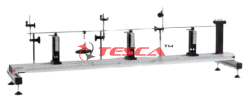
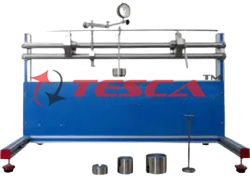
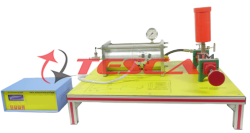

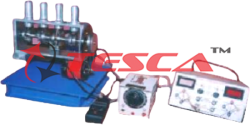
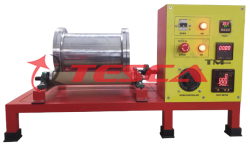
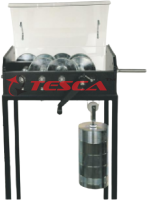
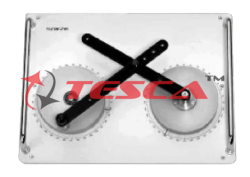
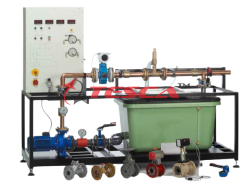

 91-9829132777
91-9829132777